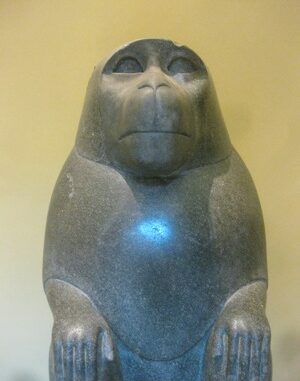
The Capitoline museums date from 1471 and are one of the world’s oldest public museums, its buildings proudly standing on the Capitoline Hill either side of Michelangelo’s beautiful Piazza. It was begun by Pope Sixtus IV at a time when people realised that the ancient sights of Rome were more than just building materials. The ground floor of the Palazzo Nuovo is based on those of a Roman house, the ancient world infiltrating even into the architecture. Like all of Rome’s museums there are treasures around every corner, so here are just a few of the things you can see.
The original Marcus Aurelius bronze equestrian statue

The statue in the Capitoline Piazza is a copy. This is the original dating from 2AD. It survived the usual fate of ancient bronzes in the medieval period as it was thought to represent Constantine, the first Christian emperor. Displayed in a bright and spacious room the great philosopher and emperor is shown with arm outstretched, bring peace to the Empire.
Medusa by Bernini

The Dying Gaul

This is one of the most famous pieces in the collections and was found in the Villa Ludovisi, Caesar’s summer house.
The Capitoline wolf

The most ancient of Roman symbols, dating from the 5th Century BC. Thought to be either Etruscan or Greek, this has been in the museum from the start. The head of the wolf appears to be based on a real wolf, whilst the fur has received a stylised treatment. The twins appear to be a later addition and help emphasise the statue’s less fierce more maternal aspect.
The centaur

The Capitoline Venus

This statue has survived in perfect condition, owing to its owner in the ancient world hiding it in a wall. The Venus is depicted traditionally as in Praxiteles, emerging from a bath.
A delightful Egyptian monkey


Leave a Reply